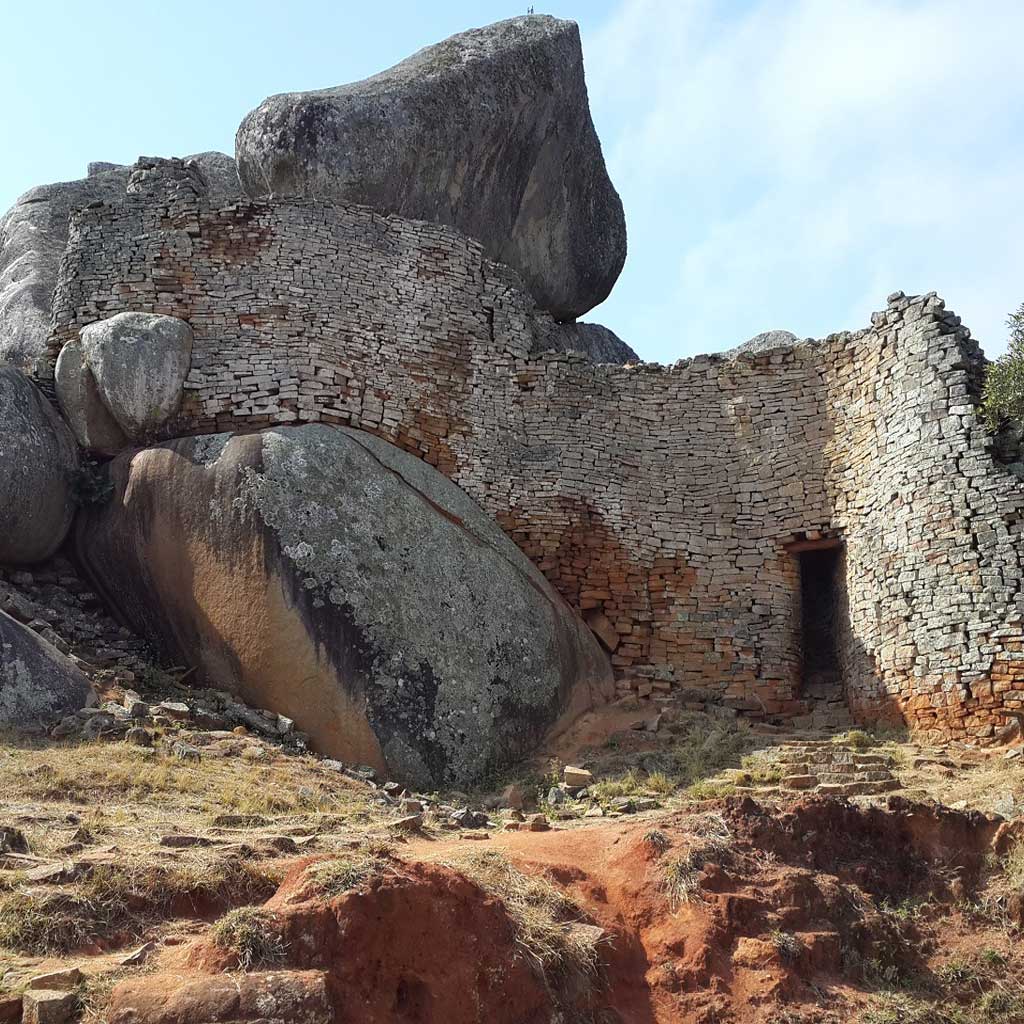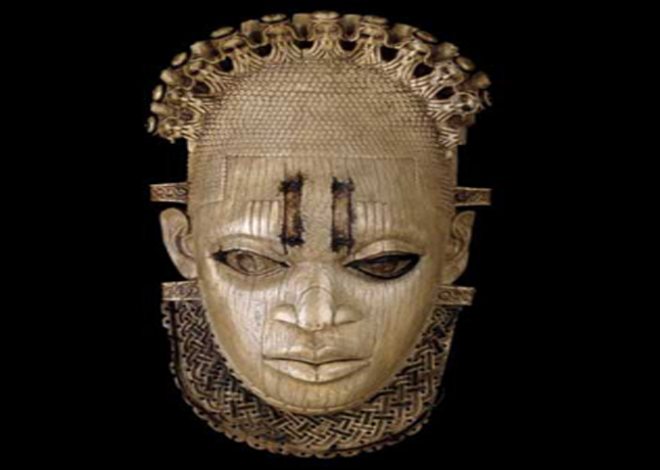
Ruins-of-Great-Zimbabwe
Great Zimbabwe, a ruined city in the south-eastern hills of Zimbabwe near the town of Masvingo and Lake Mutirikwe – It is one of the oldest ‘black heritage’.
Great Zimbabwe, during the country’s Late Iron Age, served as the capital of the Kingdom of Zimbabwe. The Construction on the historical city began in the 11th century, and it continued until it was abandoned in the 15th century.
The ancestral Shona erected the edifices.
Regarded as the stone city, it spanned an area of 2.78 square miles. At its peak, Great Zimbabwe could have accommodated about 18,000 residents.
However, reports from a more recent survey showed that the population might likely never exceeded 10,000. It also pointed out that the ruins that survive are built entirely of stone; they span 730 ha (1,800 acres).
The Construction of the stone buildings which started sometime in the 11th century went on for over three centuries (300 years).
The subsequent ruins at this historical black territoryre recognised as some of the oldest and largest structures located in Southern part of Africa, second to the Mapungubwe, South Africa.
There exist a fortress built of stones of marvellous size within the inland plains which falls between the Limpopo and Zambezi rivers and has no mortal hands in its assemblage.
Hills mostly surround this simple naturally built structure, and one of these edifices with no touch of mortar is a tower which is more than 22m high. Natives of the country name these monumental edifices ‘Symbaoe’, which means a court, according to their language.
Vicente Pegado first mentioned the Shona name of the ruins in Zimbabwe and it in 1531.
Pegado was the Captain of the Portuguese Garrison of Sofala at the period. He recorded the ruins of Zimbabwe on the coast of modern-day Mozambique
According to UNESCO, the ruins of Great Zimbabwe remain a World Heritage site.


